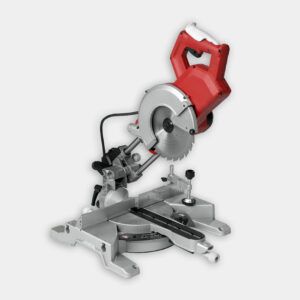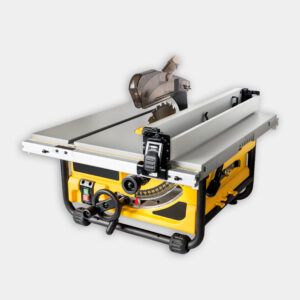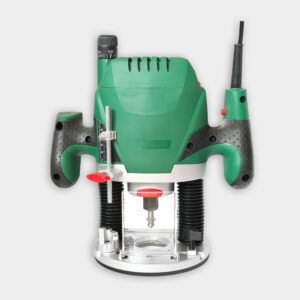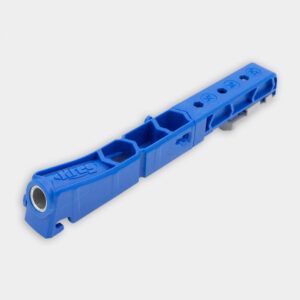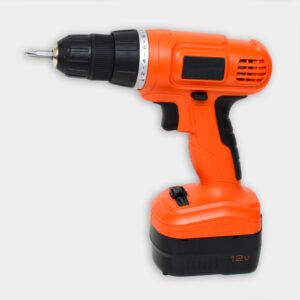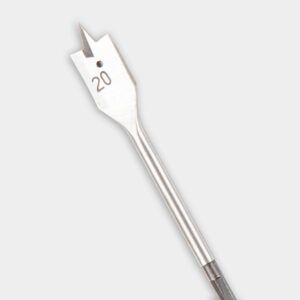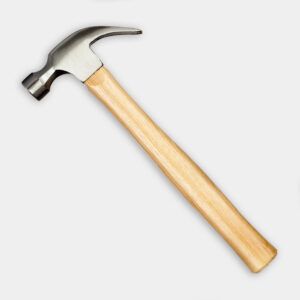Creating a custom side table is an excellent way to add functionality and style to your living space. With some basic woodworking skills and a few hours, you can craft a beautiful piece of furniture that perfectly suits your needs. This project is not only cost-effective but also allows for personalization in terms of size, finish, and design.
In the video, This Old House general contractor Tom Silva guides host Kevin O’Connor through building a simple yet elegant side table. Read our guide to learn more.
Materials and Tools Needed
Before diving into the construction process, it’s essential to gather all the necessary materials and tools. Having everything on hand will ensure a smooth workflow and help you avoid unnecessary interruptions.
Wood and Hardware
To get started, you’ll need to gather the following materials:
- 1 1/2-inch pocket screws: Used to join various parts of the table, ensuring a strong hold.
- 1-by-4 decking: Ideal for the aprons, these pieces connect the legs to the tabletop.
- 2-by-2 stock: Used for crafting the table legs, offering stability and a modern look.
- 5/4-by-6-inch fir decking: This will serve as the tabletop, providing a sturdy and attractive surface.
- 5/8-inch screws: Employed in fastening certain sections securely.
- Furniture glides: Attach these to the legs for easy movement and floor protection.
- Steel double washers: These will accommodate natural movement in the wood.
- Wood glue: Essential for securing the wooden components together.
Tools
A well-equipped workspace makes the assembly process smoother. Ensure you have these tools:
- 3/4-inch spade bit
- Bar clamps
- Cordless drill/driver
- Hammer
- Miter saw
- Pocket hole jig
- Random orbit sander
- Router with 1/8-inch-radius rounding-over bit
- Table saw
- Tape measure and pencil
Preparing the Tabletop
The tabletop is the centerpiece of your side table, and proper preparation is crucial for a polished final product.
Cut and Square the Boards
The initial steps in crafting your table involve working with the fir decking. Do the following:
- Use the miter saw to cut the fir decking boards to your desired length. Ensuring they’re of uniform size is important for overall stability and appearance.
- Rip the edges of the decking using a table saw to create square-edge boards, which fit together more seamlessly.
- Arrange the boards side by side. This arrangement ensures the boards fit tightly, creating a smooth tabletop surface.
Glue and Clamp
Once the cutting and arranging are complete, the next phase involves joining the boards. Use these steps:
- Apply a generous amount of carpenter’s glue along the edges. This ensures a strong bond when the boards are joined.
- Evenly spread the glue with a narrow stick across the surface for full coverage of the wood’s pores.
- Once aligned, secure the boards together using bar clamps. Ensure even pressure to avoid warping.
- Wipe away any excess glue with a damp cloth to keep the surface tidy.
- Allow the glue to set for about 2–3 hours before proceeding with further work.
Crafting the Side Table Legs
The tapered legs add a touch of elegance to the simple design of this side table. Creating them requires precision and patience.
Make a Tapering Jig
Crafting a jig is essential for achieving uniformly tapered table legs. Do the following:
- Start by cutting a piece of 3/4-inch plywood.
- Attach a 1-by-4 board to the plywood, crafting a notched taper to remove 1/2 inch from the legs.
- Initiate the taper 8 inches from the top of the legs. This creates a visually pleasing and functional design.
- Attach a toggle clamp to hold each leg firmly during cutting.
Cut the Tapers
With the jig prepared, it’s time to shape the legs. Here’s how:
- Place the 2-by-2 stock leg into the jig and lock it with the toggle clamp.
- Carefully slide the jig past the table saw blade to cut the first taper.
- Rotate the leg 90 degrees and repeat the process to achieve the second taper.
- Systematically repeat this for each of the four legs to ensure uniformity.
Finish the Legs
Completing the legs involves sanding and rounding. Here are the steps to follow:
- Smooth all sides using a random-orbit sander with 120-grit sandpaper. This step is crucial for a refined finish.
- Employ the router with a 1/8-inch-radius rounding-over bit to soften the sharp edges connecting the tapered surfaces.
Assembling the Simple Side Table Frame
With the tabletop and legs prepared, it’s time to combine the pieces to form the table frame.
Attach the Aprons
The aprons serve an essential function by connecting the legs to the tabletop. Follow these steps:
- Utilize a pocket-hole jig to drill screw-pocket holes at each apron end.
- Use a 1/4-inch spacer block under each apron end to create a consistent reveal.
- Secure aprons to the legs with 1 1/2-inch pocket screws, ensuring structurally sound joints.
Prepare for Top Attachment
Proper preparation enhances the stability of the assembled table. Do the following:
- Using a 3/4-inch spade bit, create four recesses on the apron tops near each leg.
- Fasten washers into the recesses with 5/8-inch screws. These washers offer wood movement flexibility.
Side Table Finishing Touches
The final steps will bring your side table project to completion, ensuring both functionality and aesthetic appeal.
Attach the Tabletop
Securing the tabletop is the last major step in your assembly journey. Follow these steps:
- Lay the tabletop upside down on a padded workbench.
- Position the leg and apron frame at the center of the tabletop’s underside.
- Drive 5/8-inch screws through the double washers into the tabletop, ensuring secure attachment.
Add Final Details
Final details ensure your table is ready for use and further adaptable to your decor style. Do the following:
- Use a hammer to attach these to each leg’s bottom for ease of movement and floor protection.
- Conduct a last round of sanding to smooth any rough surfaces.
- Apply your preferred finish—whether it’s primer and paint, wood stain, or clear polyurethane varnish—to protect the wood and enhance its appearance.
Our Conclusion
Building a simple side table is a rewarding do-it-yourself project combining functionality and personal craftsmanship. With basic woodworking skills and attention to detail, you can create a sturdy, attractive piece of furniture that will serve your home for years. This project not only saves money but also allows for customization to fit your specific style and space requirements. By following these steps, you’ll have a piece that is an expression of your style and handiwork.
